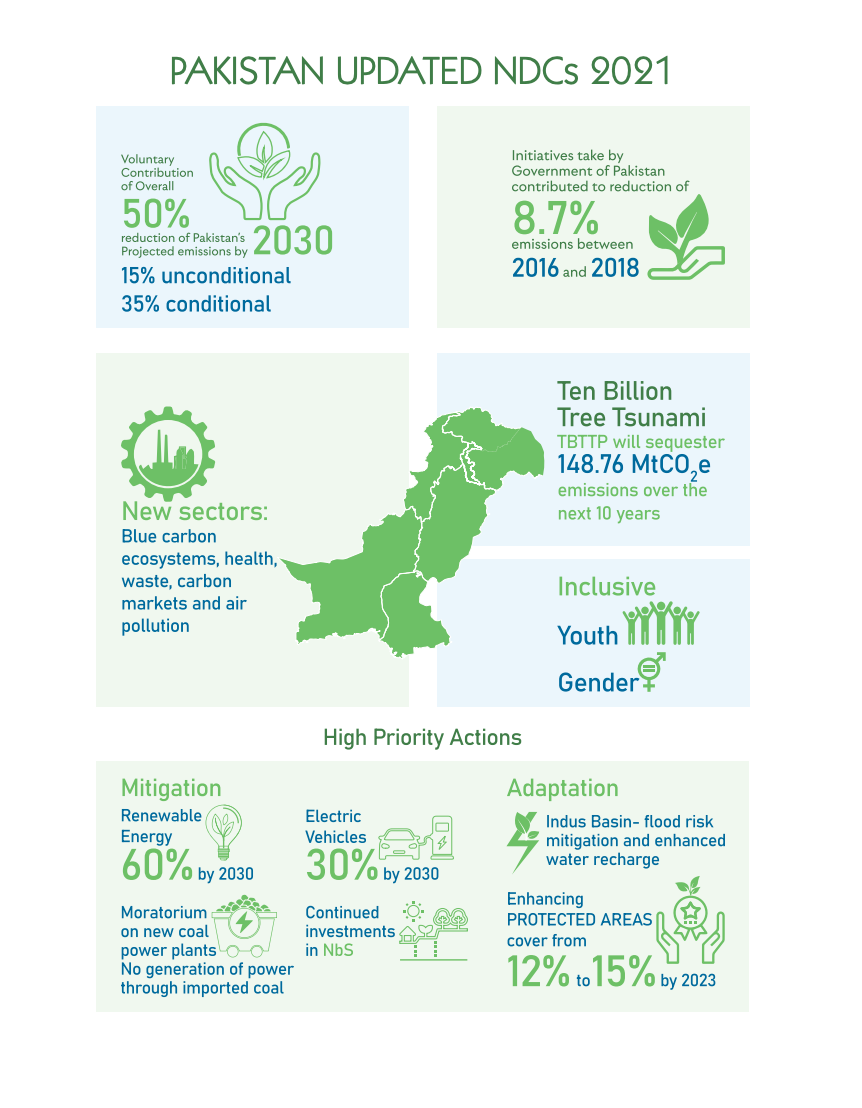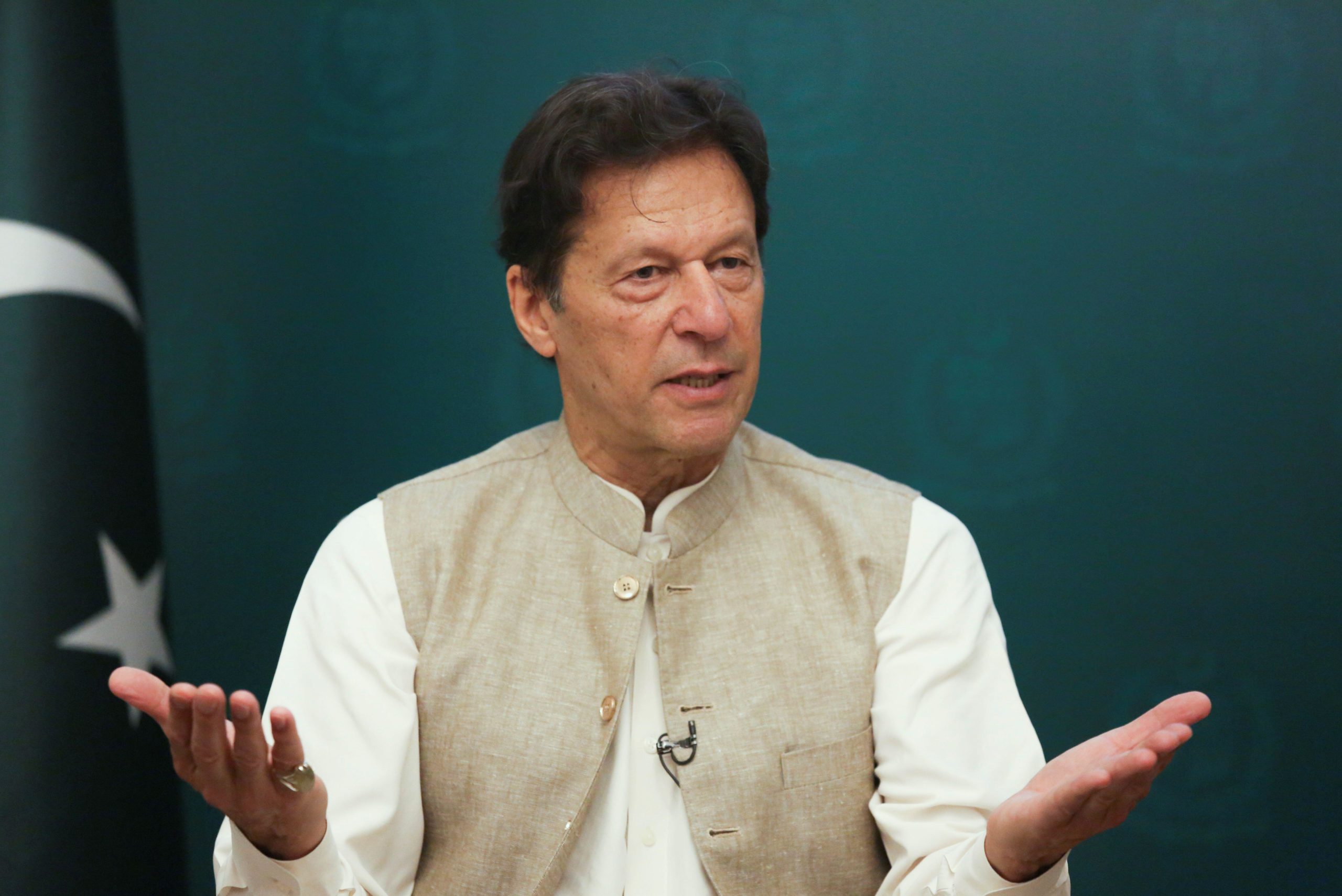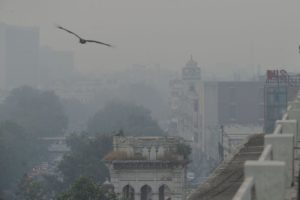Nationally Determined Contributions (NDCs) have become a barometer of a nation’s intent when it comes to both climate action and the direction of economic development. Pakistan’s recently released updated NDC reveals substantially enhanced ambition compared with its first pledges made after the Paris Agreement.
In Pakistan’s first NDC, submitted in 2016, the previous government had projected a whopping 300% growth in greenhouse gas (GHG) emissions between 2015 and 2030 based on an unrealistic GDP growth rate of 9%. The 2016 NDC said that Pakistan intended to reduce up to 20% of its projected GHG emissions by 2030, subject to the availability of international grants.
Emissions reduction pledges provided by each country that signed and ratified the Paris Agreement. Countries are supposed to update these pledges every five years.
In contrast, Pakistan’s updated NDC sets a cumulative conditional target of an overall 50% reduction of its projected emissions between 2015 and 2030, with a 15% reduction using the country’s own resources, and an additional 35% subject to international financial support. The document, submitted to the UNFCCC on 21 October in the run-up to the COP26 climate summit set to open in Glasgow on 31 October, builds on the call for international climate finance, and says that Pakistan requires USD 101 billion for its green energy transition alone.
This is a promising commitment for a country otherwise struggling with a growth rate barely above 3%. This reduction in emissions is set to be achieved through an improved energy mix, green transportation, and a pledge to build no new coal power plants and ban use of imported coal for energy generation. The commitment also hinges on a massive tree plantation project called the Ten Billion Tree Tsunami Programme (TBTTP), now in its third year, with the government banking on its future success in sequestering carbon.

Actions to reduce emissions
Pakistan’s high priority actions to reduce emissions (climate change mitigation) include a commitment, first made in a statement by Prime Minister Imran Khan at the UN Climate Summit in December 2020, that by 2030, 60% of all energy produced in Pakistan will be generated from renewable resources. The NDC also says that 30% of all new vehicles sold in Pakistan in various categories will be electric by 2030; that two new coal-fired power plants will be shelved in favour of hydroelectric power; and that a moratorium will remain in place on new coal power plants. It pledges that though there will be no generation of power through imported coal, there will be an increased focus on coal gasification and liquefaction for indigenous coal.
The chemical transformation of coal into synthetic natural gas. It can reduce the need for imported liquefied natural gas, so is attractive from an economic and energy-security perspective. It can also help to address local pollution problems. However, coal gasification produces even more carbon dioxide than traditional coal plants.
The NDC estimates that if implemented, stabilising the energy mix 40-60 in favour of renewable energy will save around 22 MT CO2e (million tonnes of carbon dioxide equivalent); the introduction of EVs will save 24 MT CO2e; and a saving of 1.7 MT CO2e will be achieved on account of two shelved coal power plants.
Further, the NDC envisions an additional reduction of 70 MtCO2e by 2030 in industrial processes and product use (IPPU) and agriculture and food. While the NDC proposes a wide range of actions in these sectors, including improving irrigation and water management practices, adopting clean production tech, waste management and urban planning, no specified targets are set in terms of GHG reduction in the sectoral policies. If targets exist or are under implementation, the NDC does not reflect them.
Pinning hopes on tree plantation
Nature-based solutions are spearheaded in Pakistan’s NDC by a programme of tree plantation, which is often oversimplified and equated with ecosystem restoration. Pakistan’s NDC projects that the programme alone, known as the ‘Ten Billion Tree Tsunami’, will sequester 500 MtCO2e by 2040, if implemented fully.
The tree plantation programme is estimated to cost USD 800 million per year, and for now, this expense will be met from Pakistan’s national resources, as an annual unconditional contribution. However, this is a major assumption unless continued financing mechanisms are put in place, particularly since Pakistan is expecting general elections in 2023. The NDC does not factor in a change in government, an important consideration given a different ruling party would have different priorities for afforestation, and possibly also energy sources and climate action.
A heavy price, but who is paying?
Financing will be a critical element in Pakistan’s climate action journey. According to the NDC, Pakistan’s energy transition alone will require USD 101 billion by 2030, plus an additional USD 65 billion by 2040, given costs involved in completing in-progress renewable energy projects, building additional hydropower and transmission lines, and phasing out coal.
The NDC sees hydropower development in Pakistan as “critical for the energy transition” and claims it “can even out the volatility of high shares of solar and wind”. In order for hydropower to provide almost 60% of energy production by 2030, the country would require an estimated investment of USD 50 billion by 2030 and USD 80 billion by 2040.
The heavy tilt towards mega hydropower projects ignores significant negative impacts of large dams on local communities, through displacement and resulting economic hardship, and on wildlife habitat – all challenges the country is already facing.
Other costs estimated in the NDC include:
- USD 20 billion by 2040 to upgrade transmission lines, a need which will escalate if the grid is to be able to adapt to variable power from solar and wind sources;
- USD 18 billion to buy out Pakistan’s coal power plants, which are relatively new, constructed mostly with Chinese financing under the China-Pakistan Economic Corridor (CPEC), a key pillar of China’s Belt and Road Initiative;
- USD 13 billion to replace the energy production capacity of coal power plants with solar.
Nor are these estimates comprehensive. The costs outlined in the NDC do not include estimates for reducing emissions from industrial processes, or making certain high emitters like the cement and textile sectors carbon-neutral. While several measures to adapt to the impacts of climate change are mentioned in the NDC, they are not quantified, and the costs of adaptation in various sectors such as agriculture, water, housing and disaster-risk management are not included.
No net-zero pledge
Instead of announcing a target of net zero by 2050, and deferring actions to the indefinite future, Pakistan’s NDC has presented some broad calculations for the cost of the energy transition. This will require international financial support.
Without climate finance from G7 states, Pakistan’s ambitious NDC targets will remain a pipe dream
To sum up Pakistan’s predicament, as the NDC puts it, financing the mitigation and adaptation gap will be a challenge. It acknowledges that though Pakistan has a GDP of USD 284 billion, the cost estimates for transition to low-carbon and resilient development strategies are substantial, making the role of concessional international climate finance key.
Going forward, Pakistan will need to more strongly align with developing countries to win climate finance from G7 states. Without this support, its ambitious NDC targets will remain a pipe dream.









